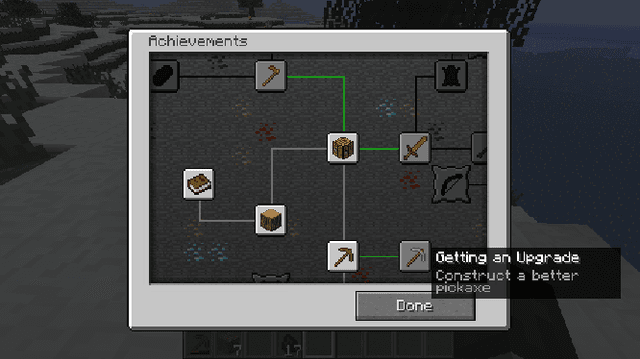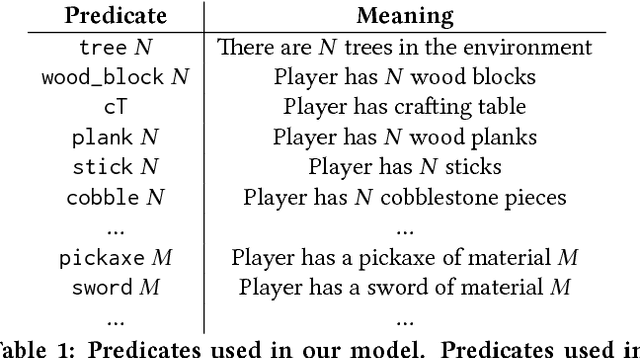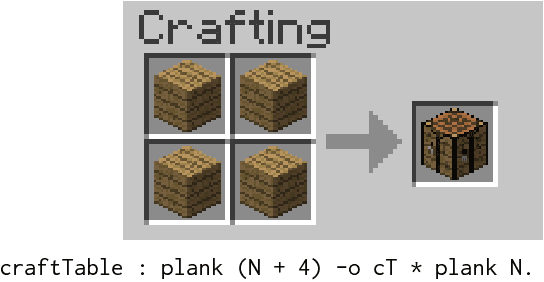Ryan Alexander
Deriving Quests from Open World Mechanics
Apr 30, 2017



Abstract:Open world games present players with more freedom than games with linear progression structures. However, without clearly-defined objectives, they often leave players without a sense of purpose. Most of the time, quests and objectives are hand-authored and overlaid atop an open world's mechanics. But what if they could be generated organically from the gameplay itself? The goal of our project was to develop a model of the mechanics in Minecraft that could be used to determine the ideal placement of objectives in an open world setting. We formalized the game logic of Minecraft in terms of logical rules that can be manipulated in two ways: they may be executed to generate graphs representative of the player experience when playing an open world game with little developer direction; and they may be statically analyzed to determine dependency orderings, feedback loops, and bottlenecks. These analyses may then be used to place achievements on gameplay actions algorithmically.
 Add to Chrome
Add to Chrome Add to Firefox
Add to Firefox Add to Edge
Add to Edge